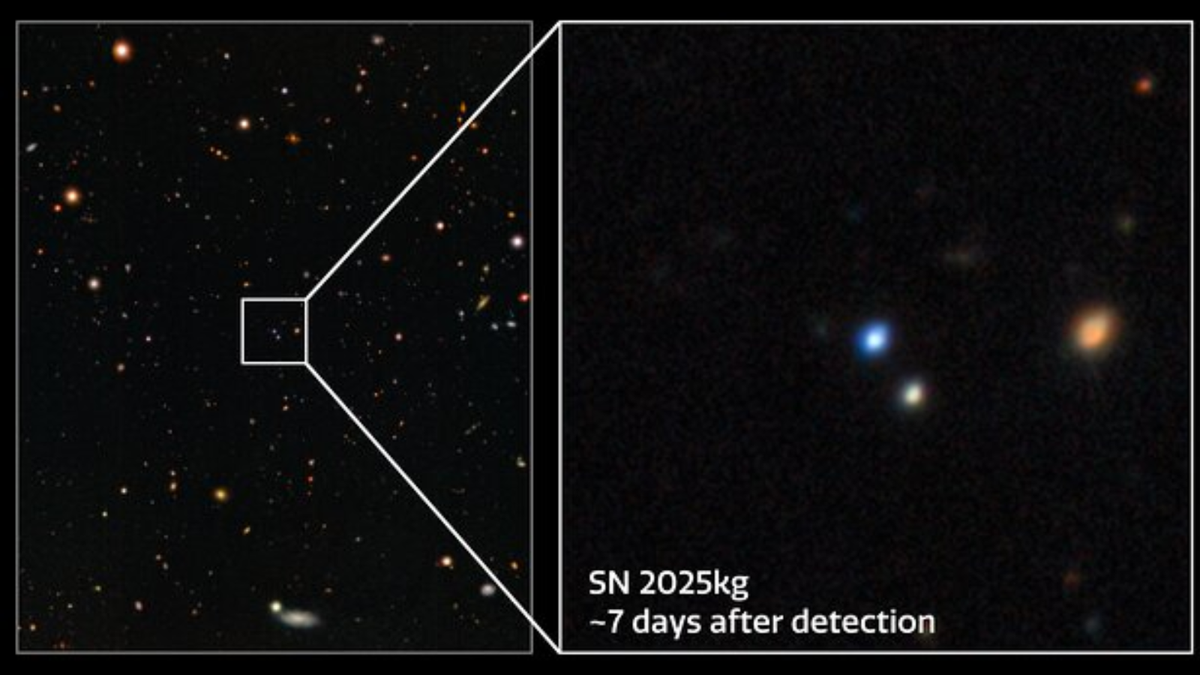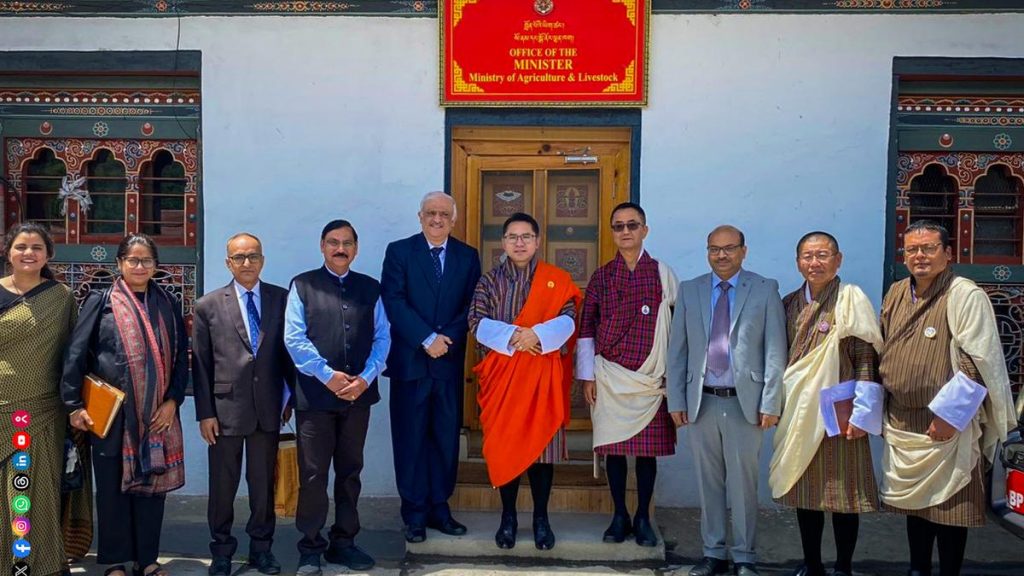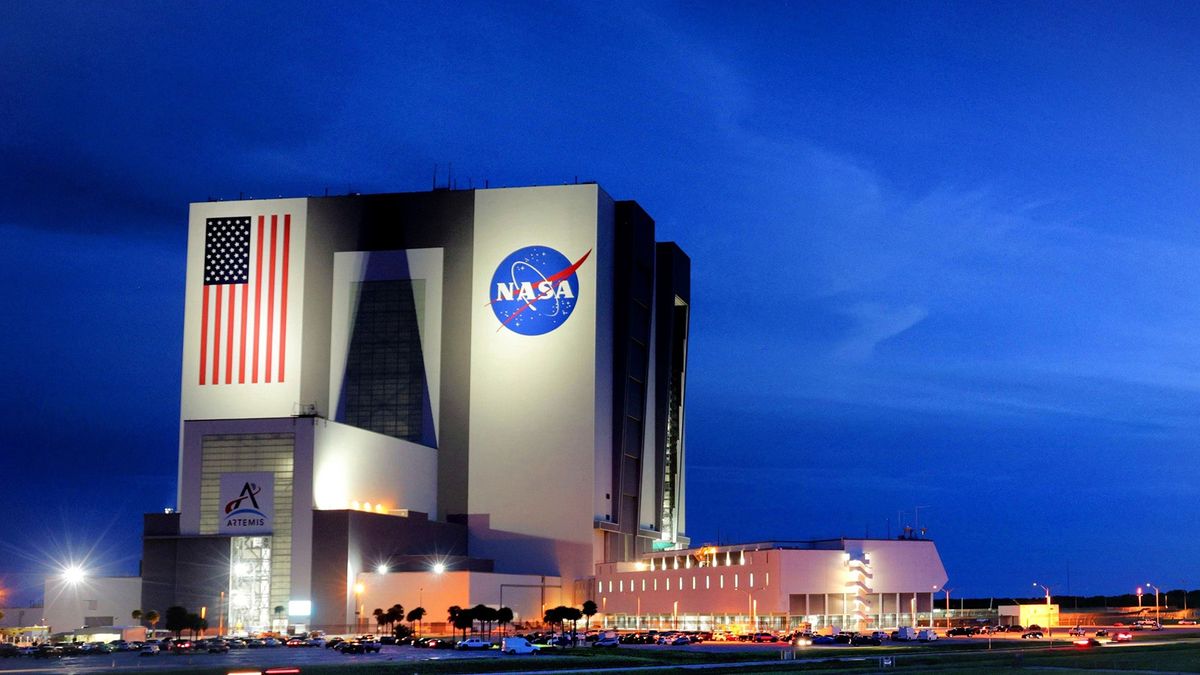Now Reading: Astronomers Uncover Mysterious X-Ray Burst from ‘Immortal’ Star
-
01
Astronomers Uncover Mysterious X-Ray Burst from ‘Immortal’ Star
Astronomers Uncover Mysterious X-Ray Burst from ‘Immortal’ Star

Fast Summary:
- Astronomers discovered a fast X-ray transient (FXT), EP 250108a, emanating from a galaxy 2.8 billion light-years away, using the Einstein Probe launched in january 2024.
- EP 250108a is linked to SN 2025kg, the wreckage of a massive star destroyed by a supernova explosion.
- FXTs are theorized to result from “failed gamma-ray bursts” (grbs) caused by trapped jets unable to break through the star’s outer layers.
- Observations with Gemini telescopes and SOAR telescope identified EP 250108a’s progenitor as closely resembling Type Ic broad-lined supernovas, originating from stars depleted of hydrogen and helium envelopes.
- The parent star of this FXT had an estimated mass between 15-30 times that of the sun.
- Scientists concluded that FXTs can originate from failed jets during massive stellar explosions-these may be more common than successful GRBs according to data detected by the Einstein Probe.
Images Featured:
- Fading light sequence of SN 2025kg post-FXT detection captured by Einstein Probe (credit: NOIRLab/NSF/AURA).
- Dense star field illustration alongside spiral galaxies (credit: NOIRLab/NSF/AURA).
- supernova remnant SN1987A comparably closer to Earth (credit: NRAO/AUI/NSF).
- SOAR telescope under Milky Way’s arc at cerro Tololo Observatory in Chile (credit: CTIO/NOIRLab/SOAR/NSF).
Read More: Original article Source
Indian Opinion Analysis:
The revelation represents advancements in global astronomical investigations enabled by cutting-edge international instruments like the Einstein Probe and Vera C. Rubin Observatory. although unrelated directly to India’s space programs like ISRO’s own Chandrayaan or Aditya-L1 missions,such breakthroughs emphasize why collaborative scientific tools are integral for expanding cosmic knowledge.
For India, fostering partnerships in global astrophysics offers strategic value-not just contributing domestic capabilities but also gaining access to unprecedented data on stellar evolution which could aid future research initiatives hosted nationwide observatories such as ARIES or IUCAA.
This deeper understanding contributes universally toward unraveling mysteries around celestial phenomena involving high-energy radiation bursts crucial for theoretical models applied across disciplines ensuring credible overlaps Physics-astrophysics influential climate orbital tech-related studies aerospace scenarios advancements upcoming
























